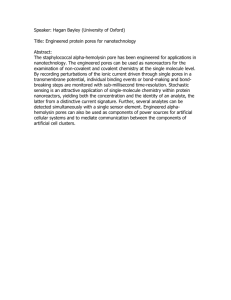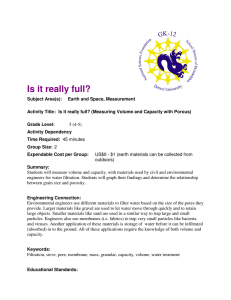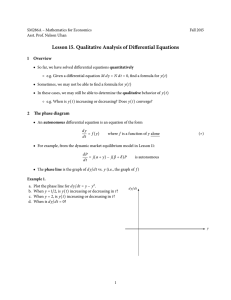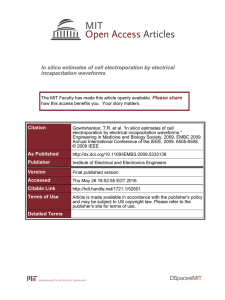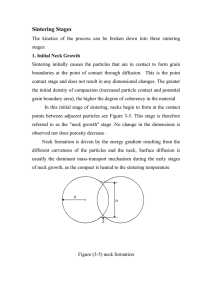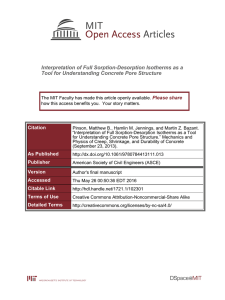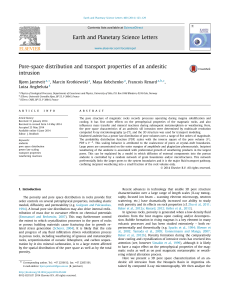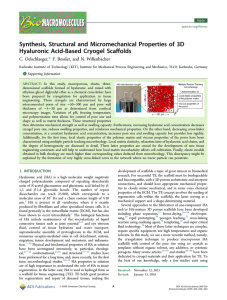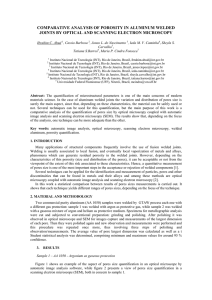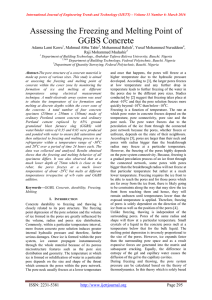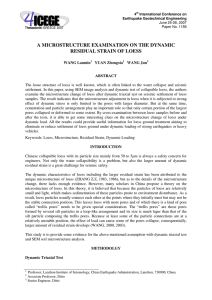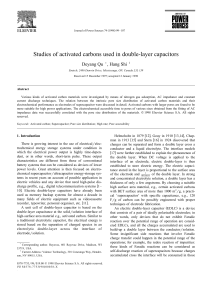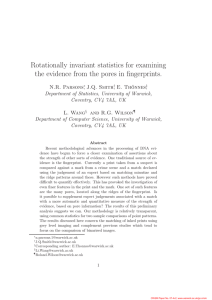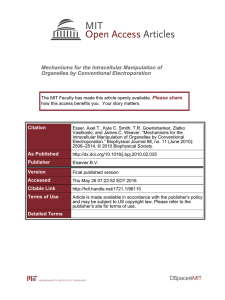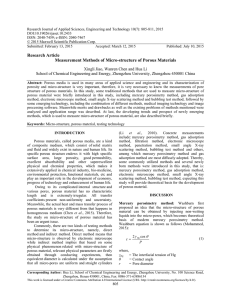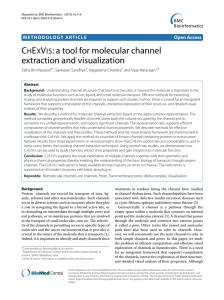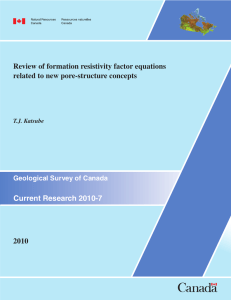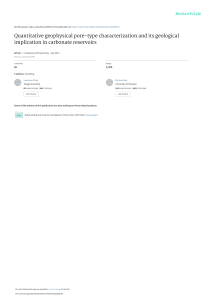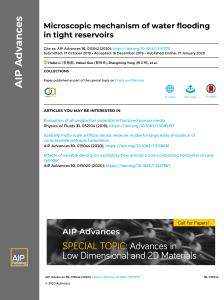Nanoconfined MMA Polymerization and Structural Recovery in Ge-Se Glasses
advertisement
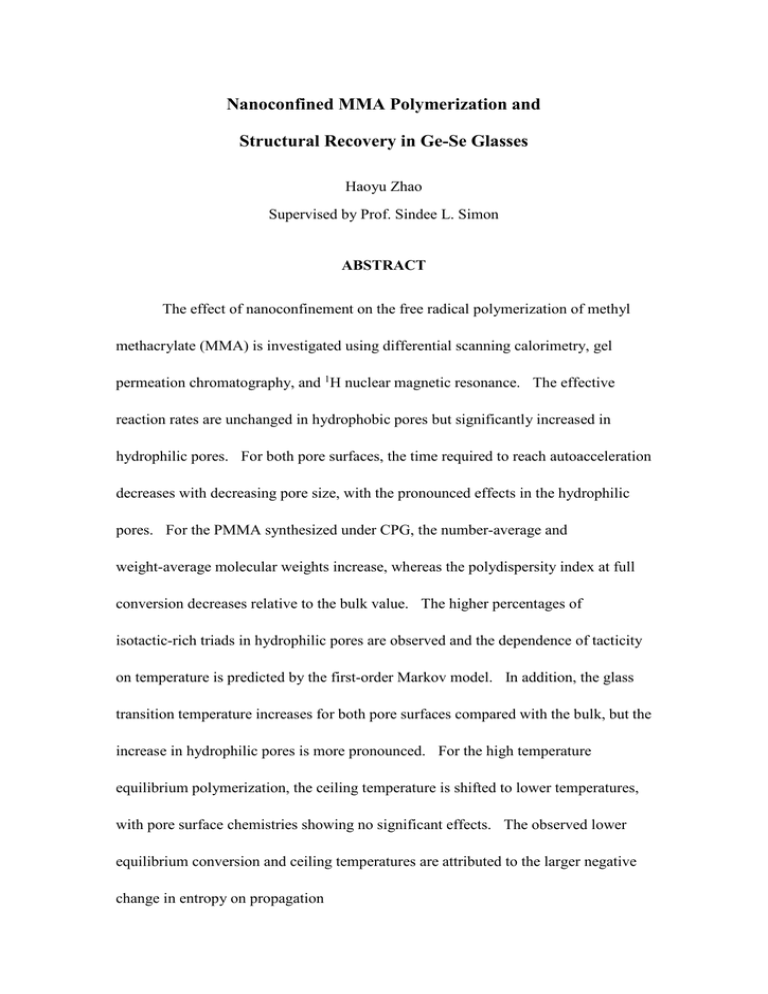
Nanoconfined MMA Polymerization and Structural Recovery in Ge-Se Glasses Haoyu Zhao Supervised by Prof. Sindee L. Simon ABSTRACT The effect of nanoconfinement on the free radical polymerization of methyl methacrylate (MMA) is investigated using differential scanning calorimetry, gel permeation chromatography, and 1H nuclear magnetic resonance. The effective reaction rates are unchanged in hydrophobic pores but significantly increased in hydrophilic pores. For both pore surfaces, the time required to reach autoacceleration decreases with decreasing pore size, with the pronounced effects in the hydrophilic pores. For the PMMA synthesized under CPG, the number-average and weight-average molecular weights increase, whereas the polydispersity index at full conversion decreases relative to the bulk value. The higher percentages of isotactic-rich triads in hydrophilic pores are observed and the dependence of tacticity on temperature is predicted by the first-order Markov model. In addition, the glass transition temperature increases for both pore surfaces compared with the bulk, but the increase in hydrophilic pores is more pronounced. For the high temperature equilibrium polymerization, the ceiling temperature is shifted to lower temperatures, with pore surface chemistries showing no significant effects. The observed lower equilibrium conversion and ceiling temperatures are attributed to the larger negative change in entropy on propagation On the other hand, the kinetics associated with the glass transition is investigated using DSC for germanium selenide glasses. As Ge content increases, the glass transition region broadens and the step change in heat capacity at Tg decreases. The change in enthalpy linearly increases with the logarithm of aging time and then levels off at an equilibrium value that increases with decreasing aging temperature. The time required to reach equilibrium increases with decreasing aging temperature and, at a given distance from Tg, the time increases with decreasing germanium content. The results indicate that all samples show expected structural recovery, and no evidence is found for an intermediate phase characterized by high stability and absence of physical aging.


